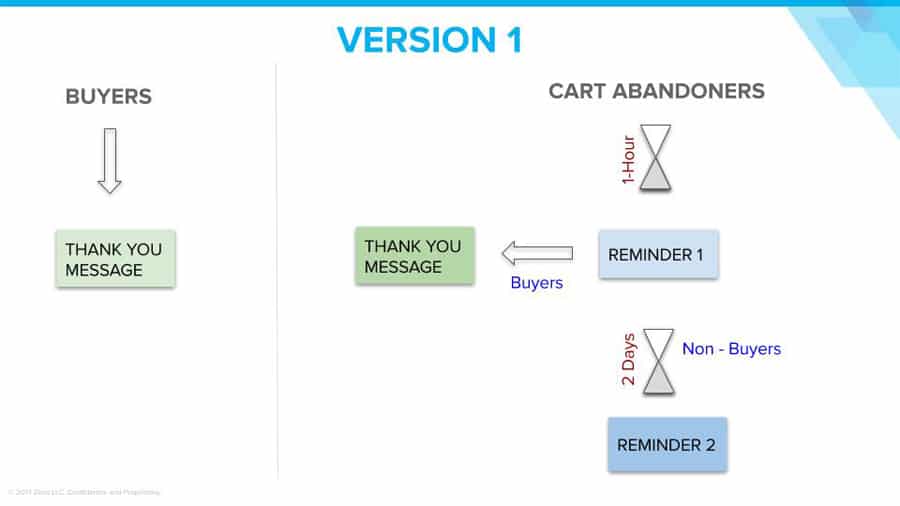Leveraging Push to Address Cart Abandonment and Bring Users Back to the App

Shopping cart abandonment is a major problem across all industries and devices. However, the biggest challenge comes on smaller screens, with the average mobile cart abandonment rate as high as 85% (varying drastically from industry to industry).
Why Customers Abandon Their Carts
Some of the reasons why customers abandon their shopping carts:
- They were not ready to commit to purchasing the product.
- The price is too high.
- The checkout process might be too long or too complex.
Another common reason a mobile user might abandon their shopping cart is because their shopping session was interrupted or they got distracted during the checkout process and completely forgot about the item they were going to purchase.
The good news: this can be addressed by setting up automated campaigns targeting cart abandoners based on their behavior.
Using the Right Channel
Emails have been a go-to tool for addressing cart abandonment, however push notifications are also a great tool every marketer should leverage, especially considering that push notifications target app users, which are the most engaged customers.
Additionally, push notifications reduce the user journey significantly compared to email campaigns, and can bring customers back to the app faster. Users are able to interact with push straight from their device screen, and by leveraging deep-linking that lands them directly on the product page in the app. Whereas with email, they would first have to actively check their inbox.
Get the Timing Right
Regardless of why customers leave, we only have a few hours to win them back. The right timing is crucial for the effectiveness of the campaign! The first reminder should, ideally, be sent within one to two hours from the moment the customer abandoned their cart. This strategy has shown a 105% increase in revenue compared to messages sent a day later.
The Right Frequency
At ZINIO we tested several frequency strategies where, first, we had a push notification reminder sent out after 1 hour from the moment the users abandoned their carts. A second reminder would go out two days later, targeting users who still hadn’t completed their purchase.
The engagement rates (push opens, conversion rate) were significantly higher than those of regular marketing push campaigns.
After running this campaign for a couple of months, to allow us to gather significant data, we updated the frequency as follows:
- First reminder: 1 hour after cart abandonment.
- Second reminder: 1 day after users had abandoned their cart.
- Third reminder: 1 week later.
The reminders were only sent to users who had not yet finished their purchase. Users who did finalize their purchase would receive instead a “thank you” message to keep them engaged with the brand.
The results were mind-blowing! After updating the push frequency to 3 reminders instead of 2, and placing the second reminder 1 day later instead of 2 days, the conversion rate has increased 13-fold compared to the first version!
Conclusion
Regardless of how great the results look, as marketers we should always continue to test and innovate, and never be satisfied with the results achieved. There’s always room for improvement!










